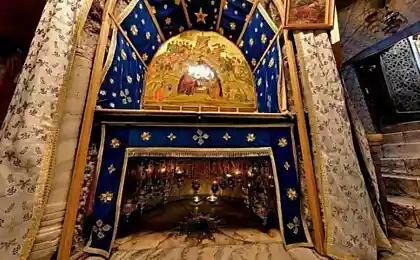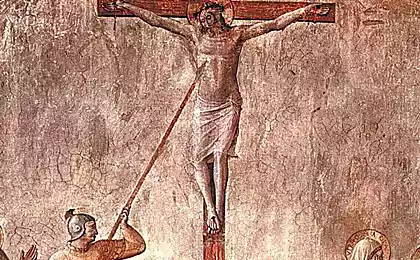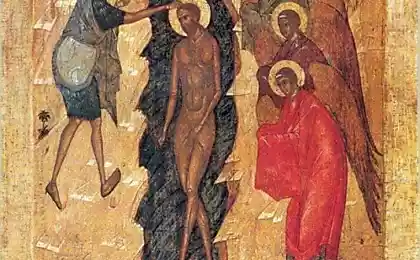498
The Holy Grail

Joseph of Arimathea, the Jewish elder, removed with the permission of the Procurator Pontius Pilate the body of Jesus Christ from the cross and gave his tomb for his burial. It also assumes that he has collected in the bowl the blood of the crucified yet living Jesus. As a supporter of the faith of Christ, Joseph, fearing persecution of the Sanhedrin, was taken to Britain the sacred Cup. There he founded the first Christian community. And in the town of Glastonbury at the bottom of an ancient well hid the sacred Cup.
In the V century in Britain and spread legends about king Arthur, his knights of the Round table and Camelot castle, located near Glastonbury. According to legend, when the knights of Arthur was a miracle, a vision of Holy Grail, which was supported by two angels. Knights of the Round table vowed to get this wonderful chalice and return it to Camelot.

For many centuries the knights of various Catholic orders and brotherhoods was looking for the sacred Cup. Had written a lot of novels and poems. Even today pilgrims annually travel to Glastonbury in search of the bowl.
At the same time in ancient Chronicles were records the reign of the Roman Emperor Valerian, who arranged the persecution of Christians. They were caught archdeacon Lawrence was born in Spain. Lawrence has retained many of the values of the Roman Christian Church. He refused to give these treasures to the Emperor, and before his execution he managed to smuggle religious artefacts in chiles sacred Cup, parents in Spain. From them it fell into the Church of St. John in Perge in the Pyrenees. From there her for safekeeping transported to Valencia. Roman Catholics are absolutely convinced that the chalice kept in the Cathedral of Valencia is the same Cup that was at the last supper, from which he drank himself Jesus and his disciples.
It consists of two parts — the upper bowl of agate, and the bottom stone part. Golden frame for her made in the eighth century and decorated arbskoy inscription. Pope Benedict XVI in 2006 during a solemn mass used the chalice. It was an act of recognition of its antiquity and authenticity.
Source: /users/1617






















